Neurophysiological and computational principles of cortical rhythms in cognition
- PMID: 20664082
- PMCID: PMC2923921
- DOI: 10.1152/physrev.00035.2008
Neurophysiological and computational principles of cortical rhythms in cognition
Abstract
Synchronous rhythms represent a core mechanism for sculpting temporal coordination of neural activity in the brain-wide network. This review focuses on oscillations in the cerebral cortex that occur during cognition, in alert behaving conditions. Over the last two decades, experimental and modeling work has made great strides in elucidating the detailed cellular and circuit basis of these rhythms, particularly gamma and theta rhythms. The underlying physiological mechanisms are diverse (ranging from resonance and pacemaker properties of single cells to multiple scenarios for population synchronization and wave propagation), but also exhibit unifying principles. A major conceptual advance was the realization that synaptic inhibition plays a fundamental role in rhythmogenesis, either in an interneuronal network or in a reciprocal excitatory-inhibitory loop. Computational functions of synchronous oscillations in cognition are still a matter of debate among systems neuroscientists, in part because the notion of regular oscillation seems to contradict the common observation that spiking discharges of individual neurons in the cortex are highly stochastic and far from being clocklike. However, recent findings have led to a framework that goes beyond the conventional theory of coupled oscillators and reconciles the apparent dichotomy between irregular single neuron activity and field potential oscillations. From this perspective, a plethora of studies will be reviewed on the involvement of long-distance neuronal coherence in cognitive functions such as multisensory integration, working memory, and selective attention. Finally, implications of abnormal neural synchronization are discussed as they relate to mental disorders like schizophrenia and autism.
Figures
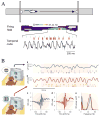
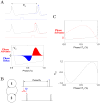
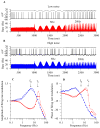


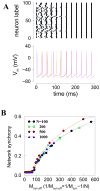
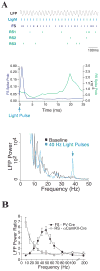
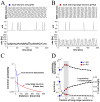

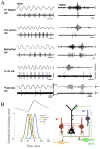

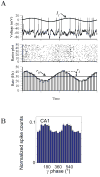





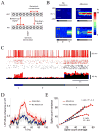
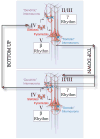
References
-
- Abbott LF, Blum KI. Fonctional significance of long-term potentiation for sequence learning and prediction. Cereb Cortex. 1996;6:406–416. - PubMed
-
- Abbott LF, van Vreeswijk C. Asynchronous states in a network of pulse-coupled oscillators. Phys Rev E. 1993;48:1483–1490. - PubMed
-
- Achermann P, Borbély AA. Low-frequency (< 1 Hz) oscillations in the human sleep electroencephalogram. Neuroscience. 1997;81:213–222. - PubMed
Publication types
MeSH terms
Grants and funding
LinkOut - more resources
Full Text Sources
Other Literature Sources
Medical

